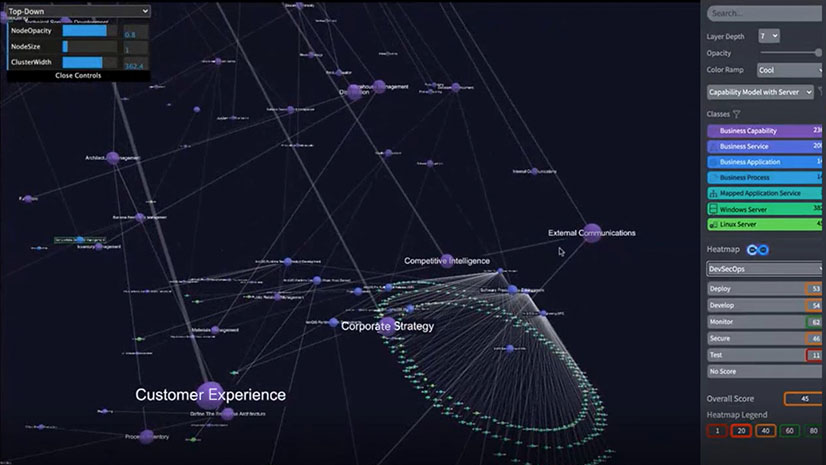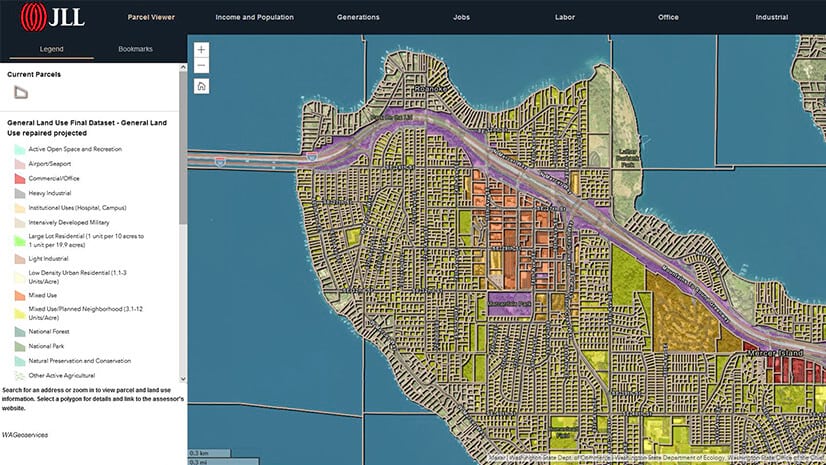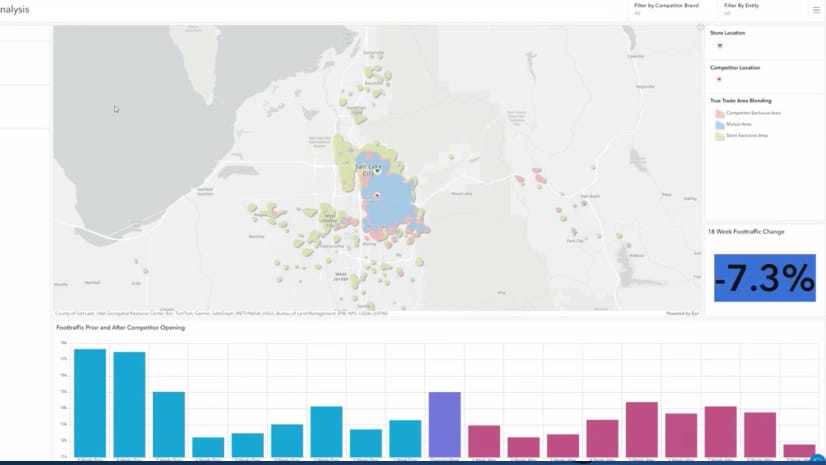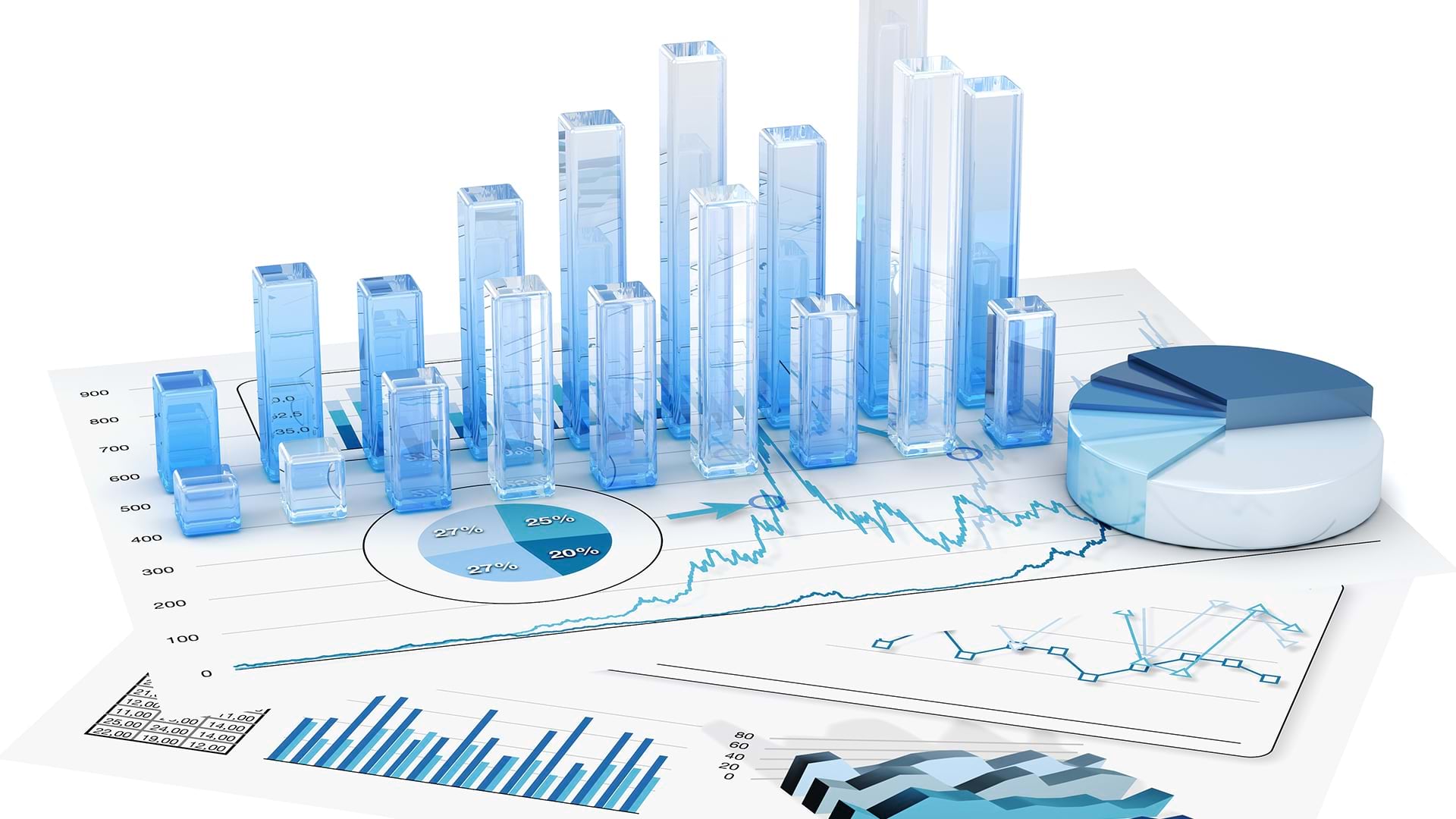In the rush of business operations, one adage bears repeating: Precision is profit.
Avoiding wasted materials, unproductive hours, and poor decisions improves the bottom line. Increasingly, location analysts armed with geographic information system (GIS) technology are unlocking the intelligence that transforms business operations.
On a recent WhereNext webcast, GIS leaders at Verizon, Walmart, and Steamboat Ski Resort discussed the relationship between geographic precision and profit. The similarities across such diverse businesses are striking: whether deciding where to lay fiberoptic cables, how to build a retail store network, or when to stop making artificial snow, GIS brings precision—and bottom-line benefits—to each one.
This short video offers a behind-the-scenes look at the benefits of geographic precision inside some of the world’s best-known companies.
Editor’s note: The full webcast is available for on-demand viewing.
Chris Chiappinelli, WhereNext: I’m curious about the location intelligence that you and your colleagues produce and how that impacts the bottom line. What would you say you get back from using GIS software? Kent, what’s that like at Verizon?
Kent Kildow, Verizon: . . . When we talk about building the network, when we can be more precise in where we’re placing new sites, that’s a direct fall to the bottom line. When we’re able to do that more efficiently, as is preventing repair costs by being more precise when we are working with utilities and other excavators in protecting our network.
Life and safety—always our number one priority. And then helping our employees stay focused on what they do every day to serve our customers—also a direct fallout to the bottom line.
And then last, I would just once again talk a little bit about our response to natural disasters and other issues where we’re able to address those issues, effect a very expeditious recovery, and get back to our normal operations. That is all saving money and helping us be more efficient as well. So really everything not only myself but my other panelists here have talked about, all those things are really driving to the bottom line.
Chiappinelli: And it all essentially starts with that basic asset management strategy, right? You have to know where everything is.
Kildow: That’s correct. Yes.
Chiappinelli: That’s the foundation. Heather, how about you?
Heather Gamper, Walmart: Whenever you consider geospatial interactions, you’re often making better decisions. And then in making better decisions, you’re going to be optimizing your operations, you’re going to be reducing your costs, and then you’re going to be enhancing your customer experience. And all these things sort of just filter back into helping the business.
And a lot of the things that we’ve already discussed, like the site selection, market expansion, disaster recovery—all these things are going to improve with location intelligence. And then there’s a lot of things like optimizing the supply chain, inventory optimization, customer experience based on location analytics, that all can be enhanced. And then all these things together, how does that help a business? You’re essentially building resilience and building … just sort of optimizing to support the company.
Chiappinelli: It’s interesting. I’ve heard folks in the world of site selection and market analysis talk a lot about avoiding bad decisions, too. Obviously, it’s good to figure out the perfect location, and that’s what your job is, but if you avoid locations that don’t work for the customer base, you’re doing a lot more for the company, too. It’s part of the process, I’m guessing, right?
Gamper: A lot of that, in machine learning models and things like that, you can learn from things in the past in either direction.
Chiappinelli: I think we’ve got three or four spin-off webcasts for all of these things you guys are bringing up—so much cool stuff. But why don’t we jump over to Jake on this one?
Jake Ingle, Steamboat Ski Resort: Yeah, I want to echo what Kent said. I think that the biggest thing for us is efficiency, right? And using geospatial technology to know where our assets are really helps us in the preplanning of projects that we’re going to do for the summertime, for digging: knowing where power lines, and snowmaking lines, and existing sewer lines are and being able to figure out how to install new chairlifts, new snowmaking lines. And [to] do that in the most efficient way possible by knowing where our assets are right now on the mountain and being able to plan is huge.
The other piece of efficiency is the wintertime. Being able to make the proper amount of snow and knowing when to call it on that trail and move to the next one is huge because it saves a ton of power and energy that we put into that production of that snowmaking. And so, being able to track our snow depth, which I would call an asset also, is a huge piece of that efficiency for Steamboat Ski Resort.
Chiappinelli: That’s a great reminder for any organization that’s moving around heavy equipment and using that as part of daily operations. You want to do that as efficiently as you can. Otherwise, you’re wasting fuel, you’re wasting hours, etc.
Ingle: Exactly.
The Esri Brief
Trending insights from WhereNext and other leading publicationsTrending articles

December 5, 2024 |

November 12, 2018 |

November 24, 2025 | Multiple Authors |

July 25, 2023 |

November 18, 2025 |

February 1, 2022 |

